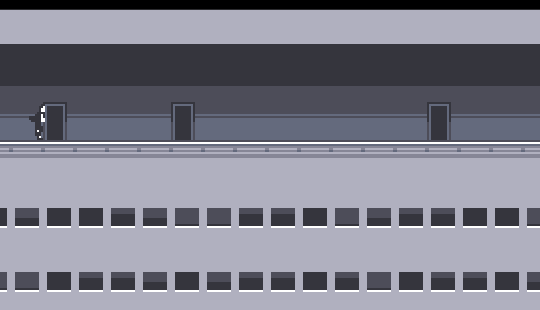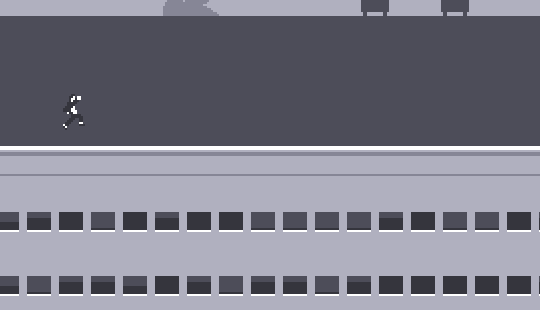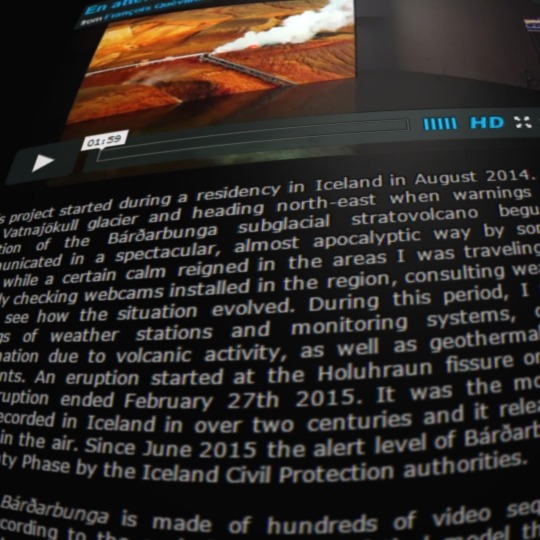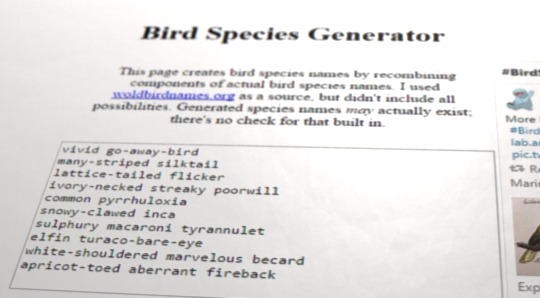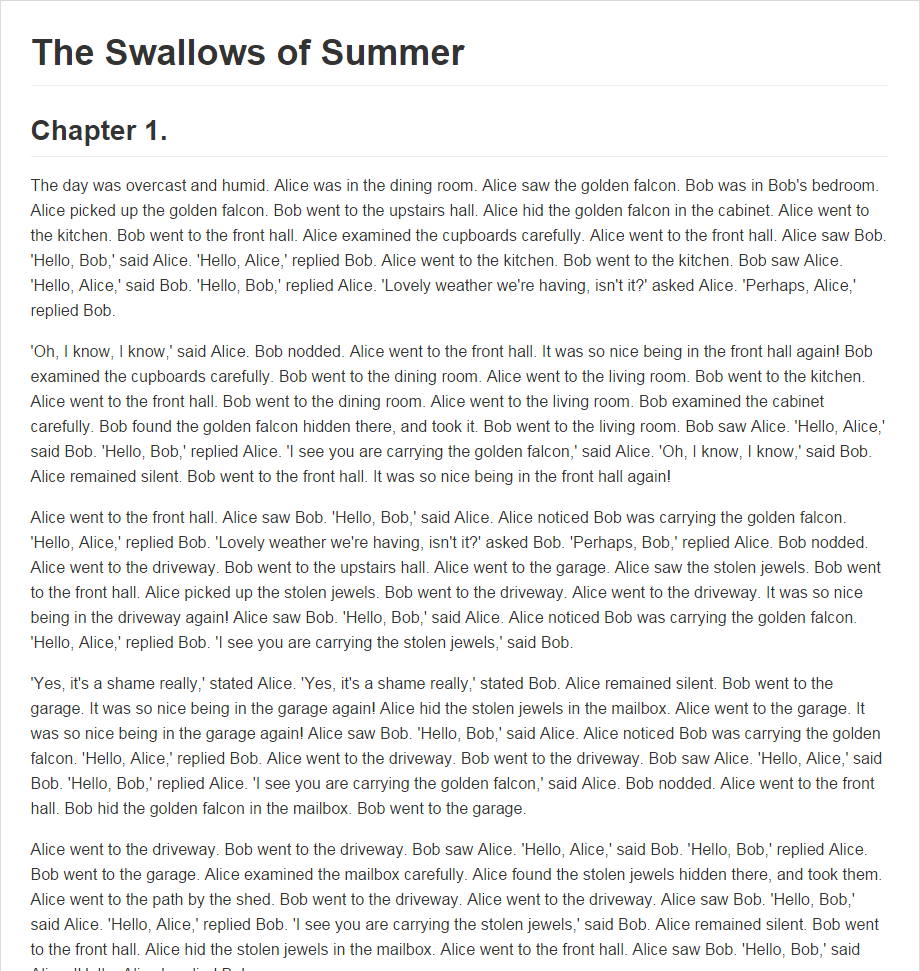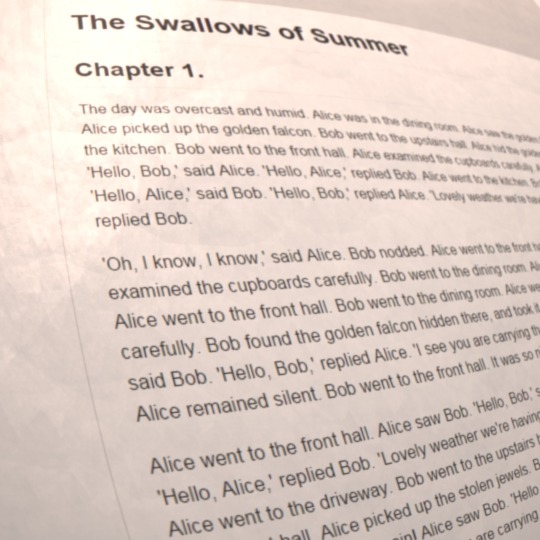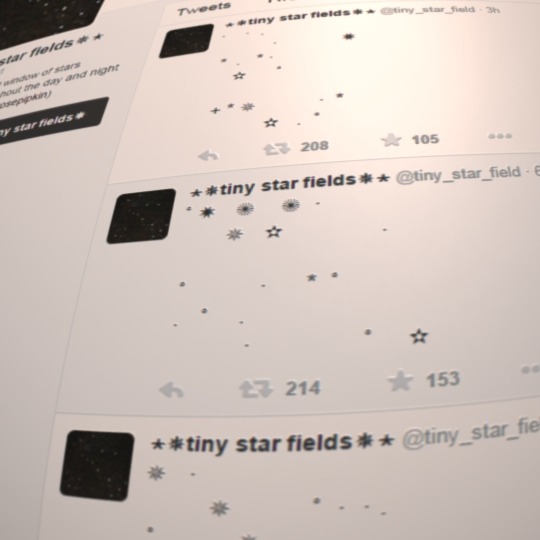



Risk of Rain (2013)
A co-op platforming shooter with roguelike flair, Risk of Rain uses procedural generation to enhance it’s challenging luck-pushing mechanics, adding uncertainty and risk to keep the punishing gameplay engaging.
The objective on each level is to find the teleporter, activate it, and stay alive long enough to kill the remaining enemies. This is all the more difficult because the difficulty of the game goes up over time, leaving to a trade off between finding enough powerups and leaving the level before it’s too difficult to survive.
While certain overall aspects of each level are fixed, a significant number of the subfeatures are randomly shuffled, plus the location of things like powerup chests and the teleporter.
This keeps it play much more fluid than a fixed level would be: there’s enough uncertainty that your play choices are about both the larger system and taking advantage of the details of this particular instance. Rather than optimizing a best run-through on fixed geometry, the players must switch up tactics to match the situation. The parts of the level that are fixed provide a structure that experienced players can use to anticipate possibilities while never having a certainty.
In a game that’s all about the risk/reward balance, that’s a perfect use for procedural generation.
